|
With their rocketry challenge complete, fifth graders are writing a recommendation to a fictitious aerospace engineering firm to determine which of their rocket designs should ultimately be built. Using the criteria of the challenge as a guide, ideally their recommendation should meet the most criteria. Check out their work above, and see which of their designs they choose. Great work aerospace engineers!
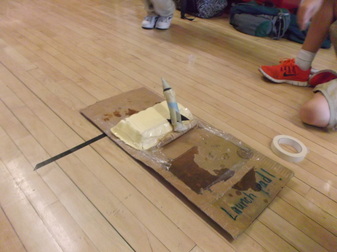 So while baking soda and vinegar reacts too quickly...alka seltzer and water take too long. Would alka seltzer and vinegar be the right combination to get their rockets flying far and high? Fifth graders are completing at least three rocket iterations... Examining the criteria of the challenge, which design actually best meets them? ONLY TIME WILL TELL before they figure out which rocket combinations work best! Keep up the great engineering fifth grade! 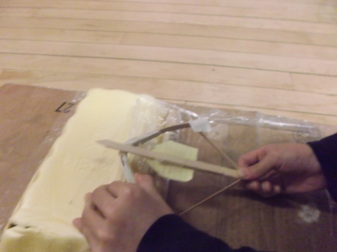 With each design, fifth graders are reflecting upon their tests and seeing how their rocket either met or failed to meet the criteria of the challenge. Ultimately, the goal is to get their rocket as far and high as possible. With each iteration, fifth graders are considering how making a small change could drastically effect each rocket's performance. There isn't a single rocket design that looks like another, so creativity is at the forefront of this challenge! Fifth grade continues to test all their rocket designs. Mrs. Clark's homeroom was fortunate to have an additional audience today as it was Parent Shadow day for 5th grade. Some of the rocket designs completely failed and didn't even leave the launch pad. Others went a soaring 15 feet! We're off to improve our designs to better meet the goal of the challenge! We're pumped!
As fifth graders design and test their rockets, they are quickly seeing how the designs that they so carefully planned are panning out. They are reflecting upon whether their rocket design met the criteria of the challenge. Check out their work below...and be on the lookout for improvements in their designs!
Fifth graders are TRUE aerospace engineers! Creating a plan for their rockets, they are now in the testing phases, placing the rockets they designed on the launch pad. The group above quickly learned how important their propellant choice must be. Be on the lookout for more examples of how their rocket designs work.
Is it okay if their rockets fail? Absolutely! They're one step closer to realizing what can work to meeting the criteria of the challenge! With our parachute experiments on halt (we ran into an issue of our supplies running out and Mrs. Brinza needed to order more...oops!), we're beginning our rocketry designs! Fifth graders are trying to design rockets that:
1. Fly the farthest. 2. Fly the highest. 3. Are in the air the shortest amount of time! (We want to get to our destination quickly!) This week, fifth graders learned rocketry parts and had time to explore the various propellants that are available for them to use. Making comparisons between propellant options allows students to see the benefits and drawbacks of each. We'll be finishing our brainstorming and planning sessions this week and next week, we'll officially build and test our rockets! See some fifth graders' brainstorms below! 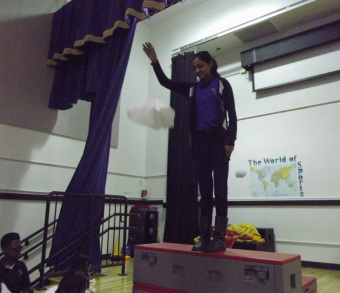 Now that 5th graders were able to control wind speed and direction by eliminating them altogether, they've completed their first parachute experiment focusing on how the size of a parachute's canopy affects the rate at which it falls. Learning experimental design, 5th graders are calculating averages over three trials and drawing conclusions from their results. It took a lot of teamwork to complete their first set of experiments. Way to go 5th graders! Over the course of the next two weeks, we'll be testing our parachute designs. We're investigating these three questions:
1. How does the size of a parachute's canopy affect the rate at which it falls? 2. How does the material a parachute's canopy is made of affect the rate at which it falls? 3. How does the length of a parachute's suspension lines affect the rate at which it falls? Fifth graders have identified the variable they are testing in each experiment and the variables they'll need to control to make them fair tests. The variable we test is the ONLY factor that is changed in an experiment. For example, in the first question, the variable being tested is the size of the parachute. The variables we control are the factors that are kept the same. Again, for the first experiment, the variables controlled are the material of the canopy, the length of the suspension lines, the weight of the load, and the drop height. The first set of fifth graders went outside to test their parachutes, and unfortunately, it was a flop! The wind was too intense, and the air conditioning units on the 3rd floor below got in the way, affecting our landing times. Next week we'll be discussing how we can make our tests more fair, as the results we got were extremely inconsistent. 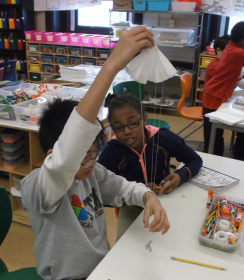 Since fifth graders have finished their spacecraft designs, their next focus will be on meeting the need to safely land the spacecraft. Parachutes are an important technology that aerospace engineers develop, and while it's obvious that they can slow down a spacecraft, many variables can affect its descent. Using science in engineering, fifth graders are building, testing, and drawing conclusions from controlled experiments to figure out how the design of a parachute affects the rate at which it falls. Does a bigger canopy always fall slower? Or does it depend upon the material from which it is made? Does the suspension line length make a difference in its fall time? We'll be exploring these questions! |
Mrs. BrinzaWhat part of space history is most interesting to you? Archives
May 2014
Useful Links
|
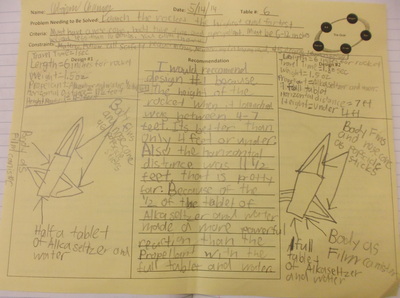
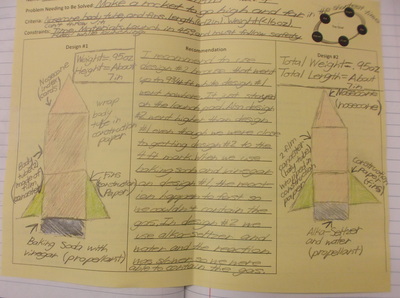
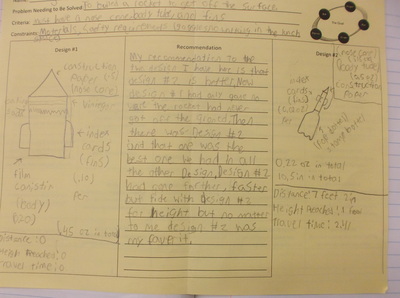
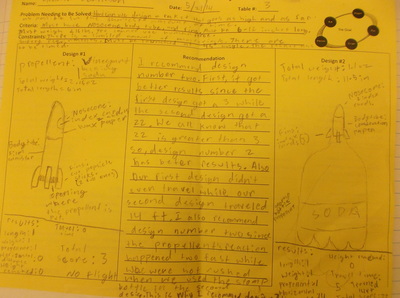
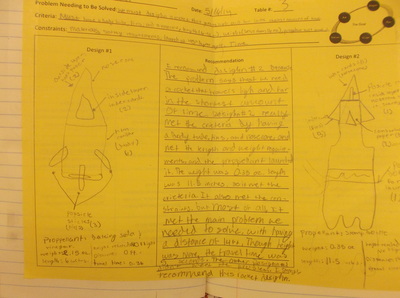
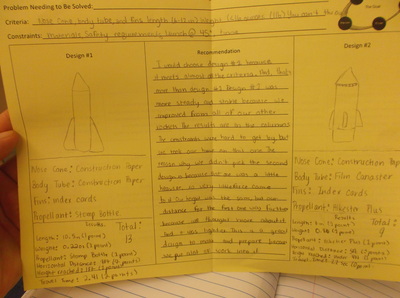
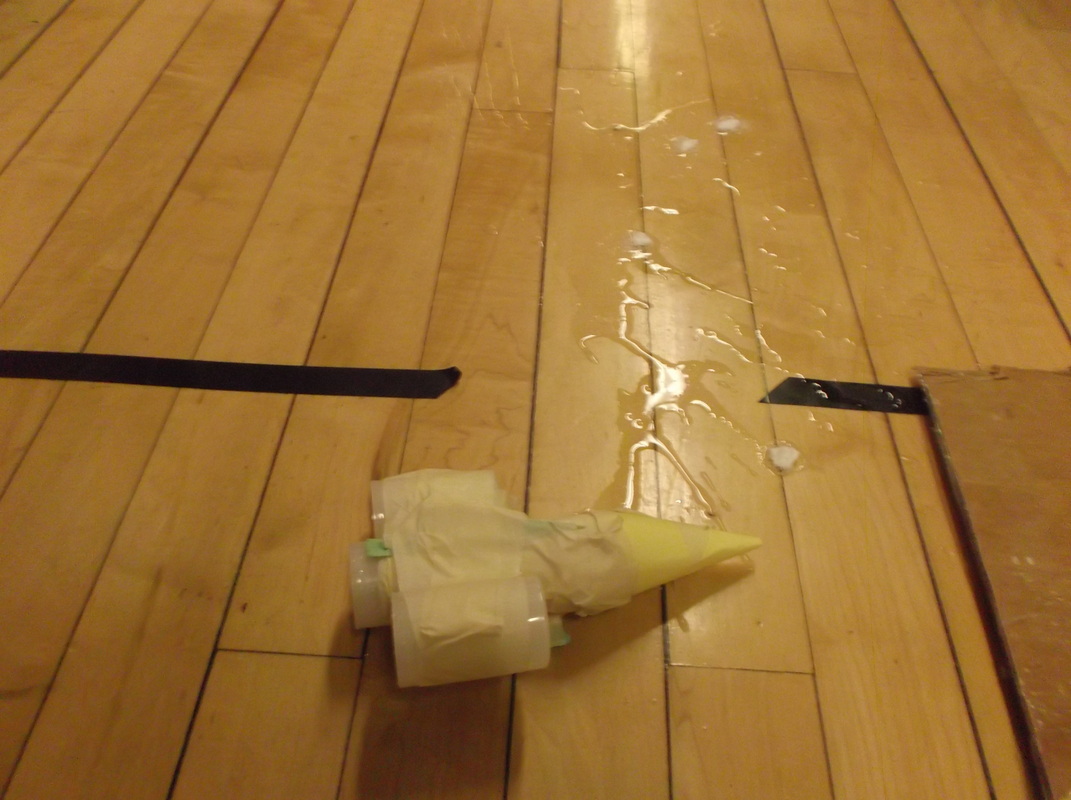
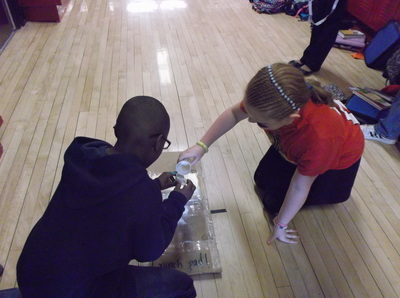
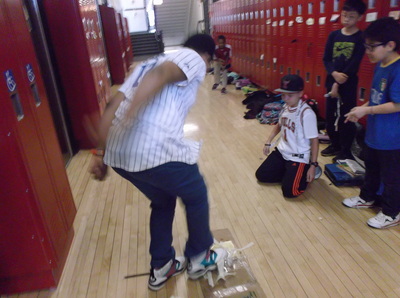
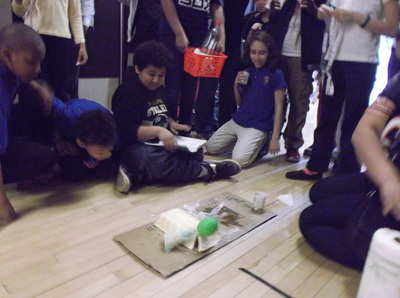
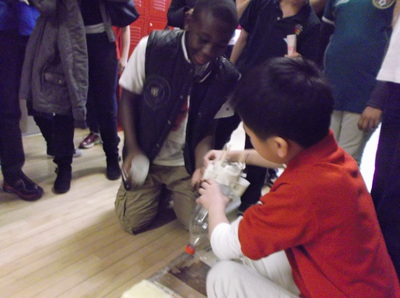
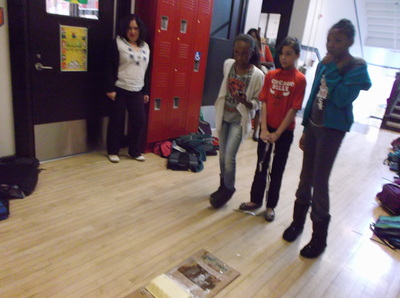
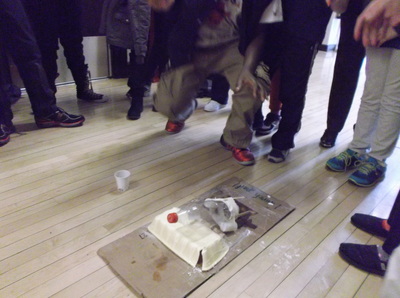
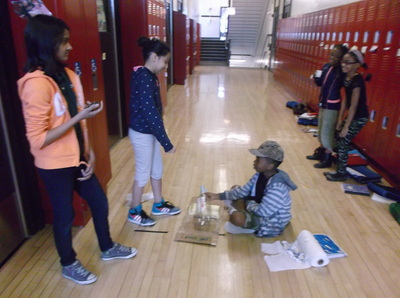
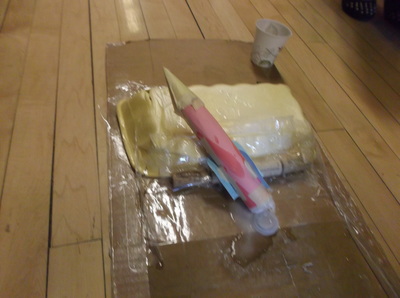
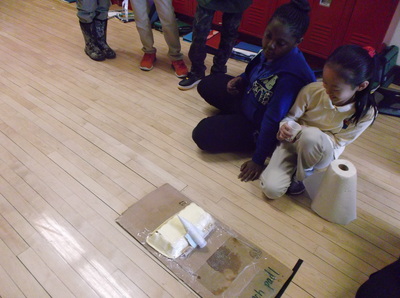
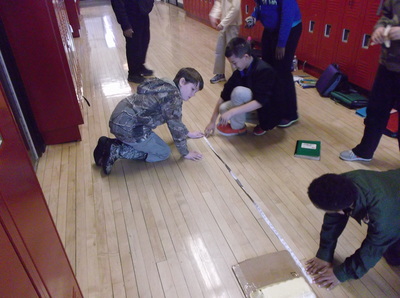
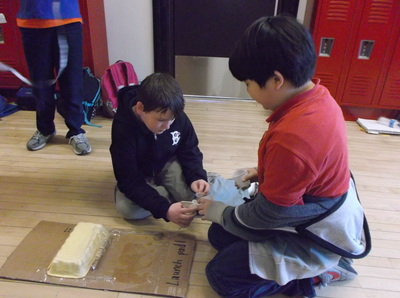
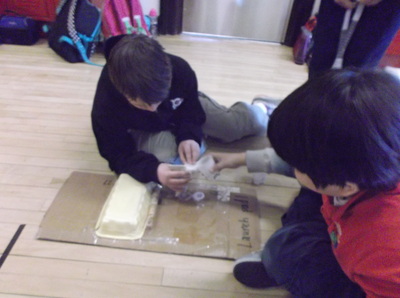
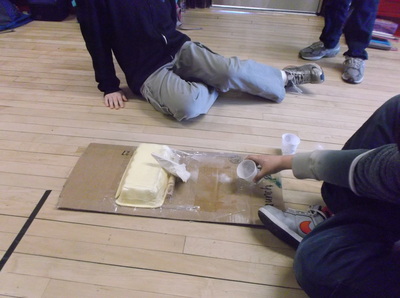
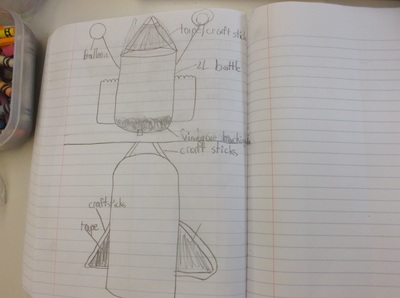
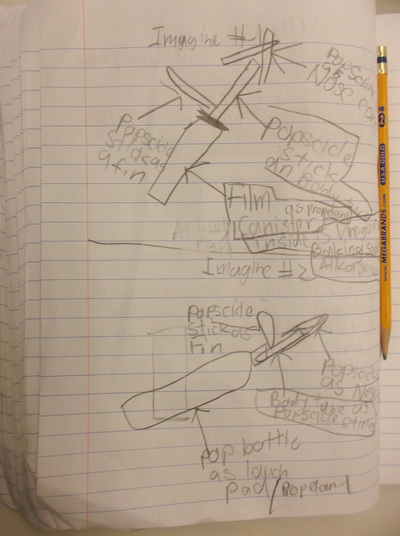
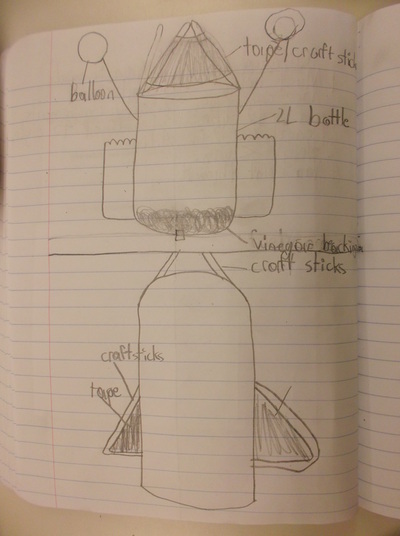
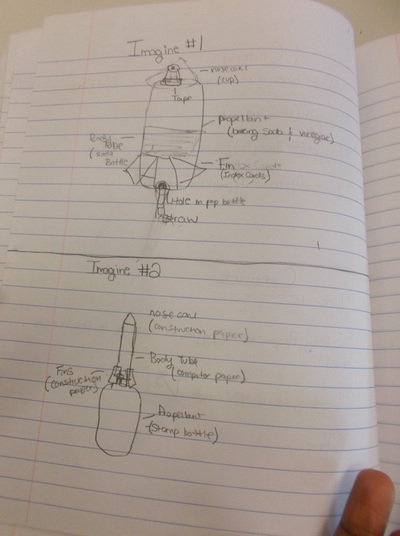
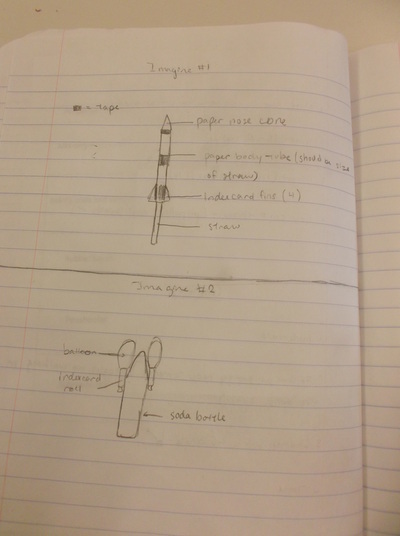
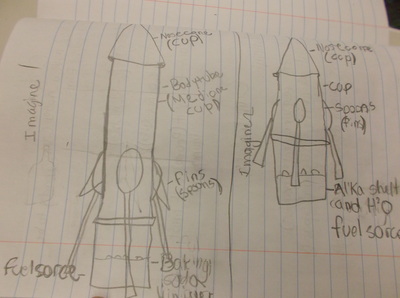
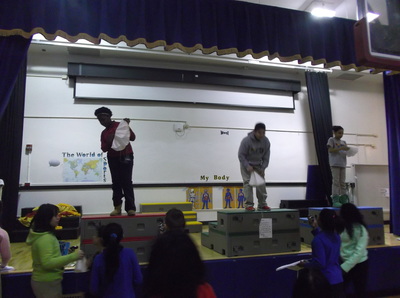
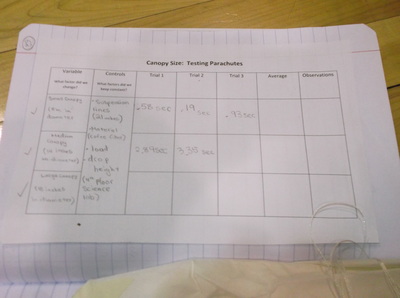
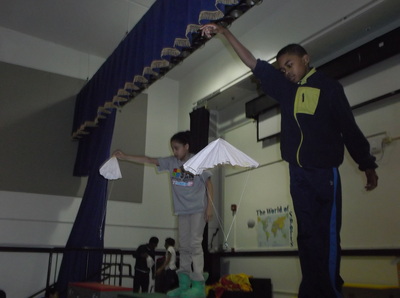
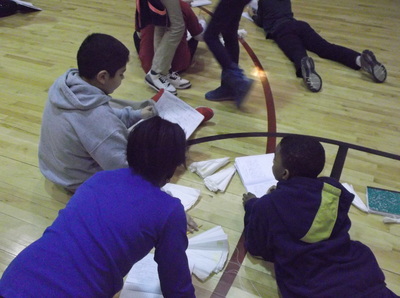
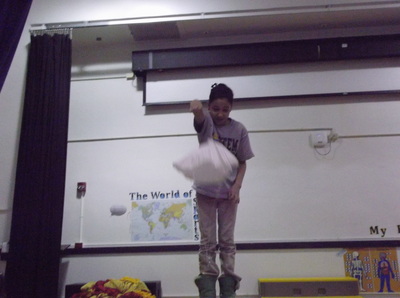
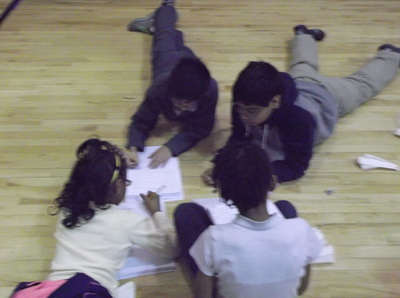
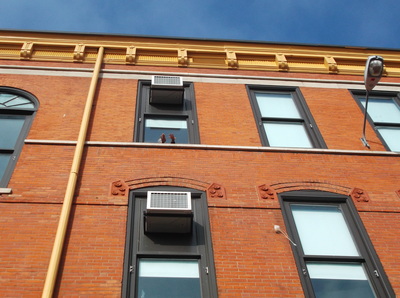
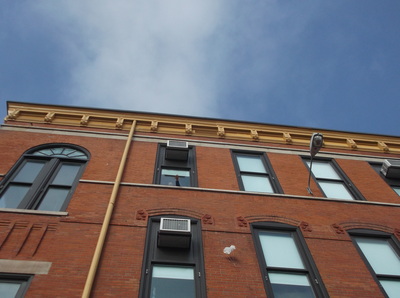

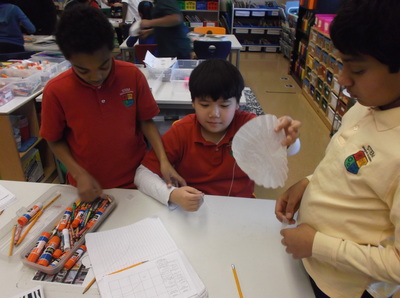
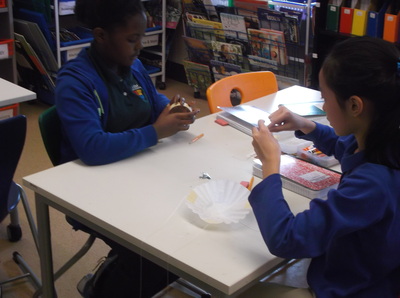
 RSS Feed
RSS Feed